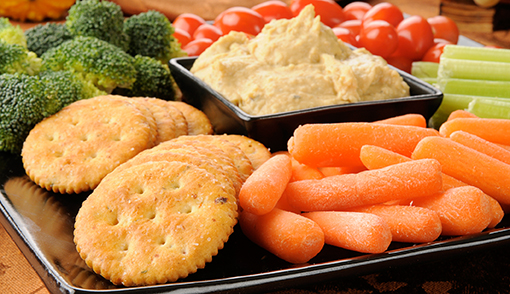Over 50% of adults claim to consume snacks 2-3 times a day between meals, according to a recent study by Lightspeed GM/Mintel, January, 2015. Millennials snack the most with 24% claiming to snack 4+ times a day, but over 50% of boomers are snacking at least 2-3 times a day. Consumers worldwide spent upwards of $375 billion on snack foods in 2014. To tap into the snacking trend, food marketers need to rethink their products, packaging, and positioning because consumers have greatly expanded their definitions of snack food beyond traditional sweet and salty treats.
The primary drivers of snacking are convenience, taste and flavor, and better-for-you foods. Food products that are able to appeal to these motivators are in a game-changing position in terms of expanding demand for their products. The keys are packaging and positioning.
Today’s consumers are very concerned with the quality of the snacks they consume and their tastes have become more sophisticated. Snack foods need to offer flavor varieties, and creative flavor and texture combinations. In terms of packaging, this may mean pairing separate ingredients that consumers combine themselves, all in convenient grab-and-go packaging. A recent entry into this category is a yogurt product combined with granola in a single serve package that consumers easily combine themselves.
Single serve fresh produce items have been on the market for some time, but we’re beginning to see more “combo” snacks with produce, dips, cheese, and even protein. These mini-meals are totally portable, easy to open, and convenient to consume. Functional and creative snack packaging, along with product positioning, can transform products in many food categories into snack foods.






